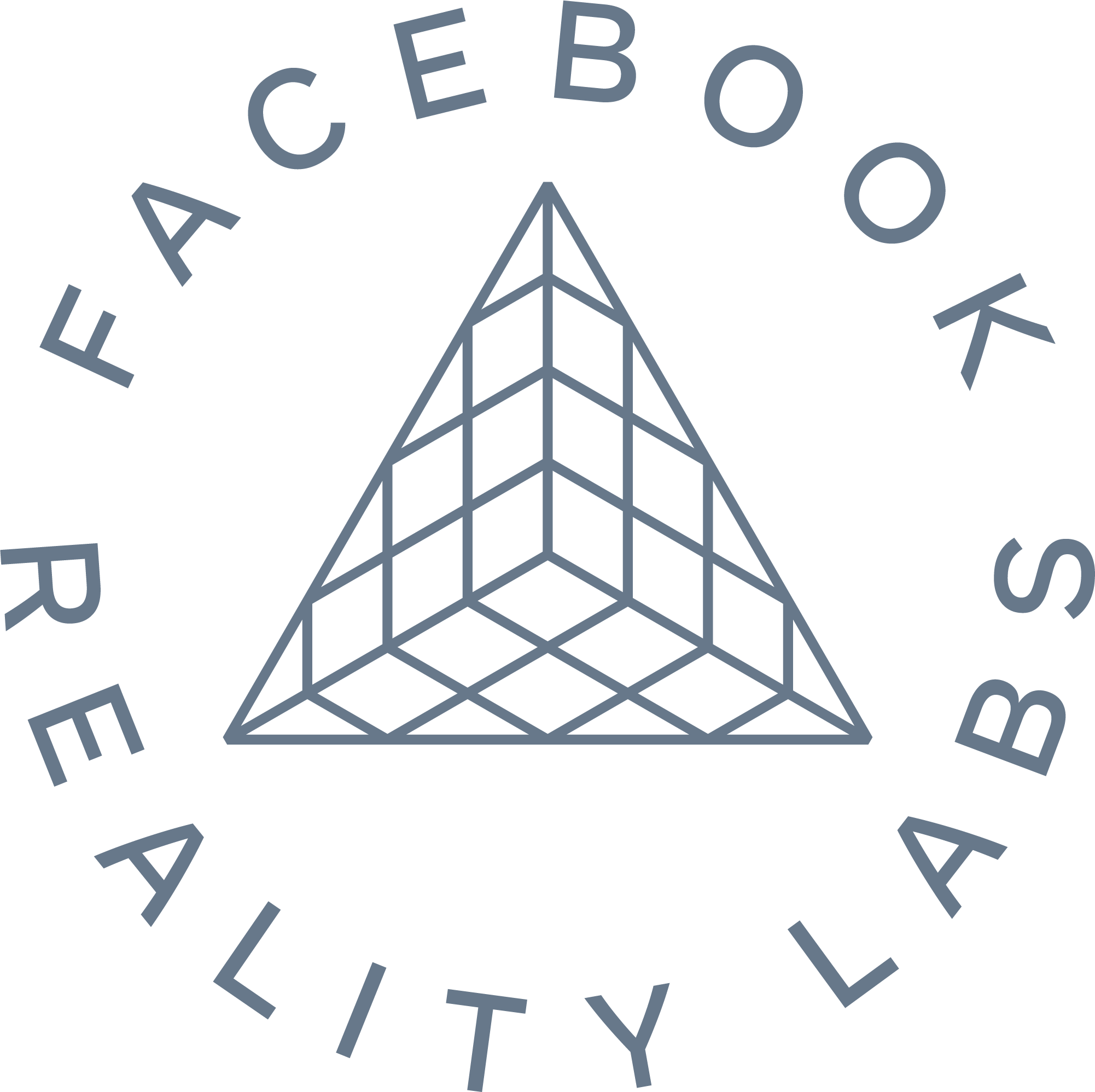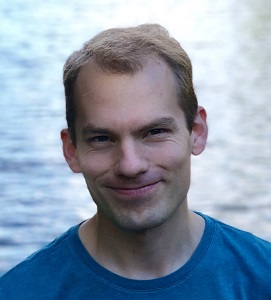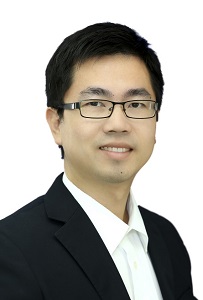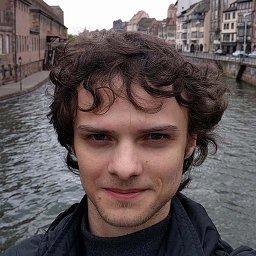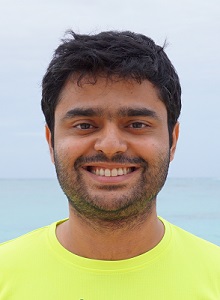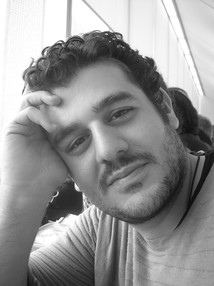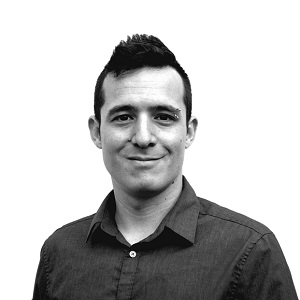Image manipulation is a key computer vision tasks, aiming at the restoration of degraded image content, the filling in of missing information, or the needed transformation and/or manipulation to achieve a desired target (with respect to perceptual quality, contents, or performance of apps working on such images). Recent years have witnessed an increased interest from the vision and graphics communities in these fundamental topics of research. Not only has there been a constantly growing flow of related papers, but also substantial progress has been achieved.
Each step forward eases the use of images by people or computers for the fulfillment of further tasks, as image manipulation serves as an important frontend. Not surprisingly then, there is an ever growing range of applications in fields such as surveillance, the automotive industry, electronics, remote sensing, or medical image analysis etc. The emergence and ubiquitous use of mobile and wearable devices offer another fertile ground for additional applications and faster methods.
This workshop aims to provide an overview of the new trends and advances in those areas. Moreover, it will offer an opportunity for academic and industrial attendees to interact and explore collaborations.
This workshop builds upon the success of Advances in Image Manipulation (AIM) workshop at ECCV 2020,ICCV 2019, Mobile AI (MAI) workshop at CVPR 2021 , Perceptual Image Restoration and Manipulation (PIRM) workshop at ECCV 2018 , the workshop and Challenge on Learned Image Compression (CLIC) editions at CVPR 2018, CVPR 2019, CVPR 2020, CVPR 2021 and the New Trends in Image Restoration and Enhancement (NTIRE) editions: at CVPR 2017 , 2018, 2019 , 2020 , and 2021 and at ACCV 2016. Moreover, it relies on the people associated with the PIRM, CLIC, MAI, AIM, and NTIRE events such as organizers, PC members, distinguished speakers, authors of published papers, challenge participants and winning teams.
Papers addressing topics related to image/video manipulation, restoration and enhancement are invited. The topics include, but are not limited to:

